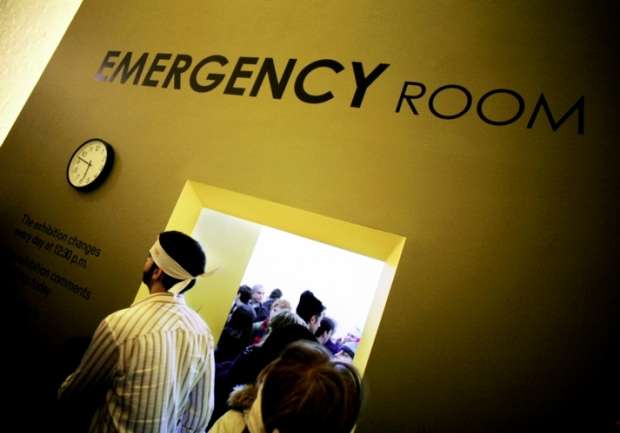By Julia Grabowska
The Canadian Association of Emergency Physicians (CAEP) released a position paper on Wednesday stating that emergency room overcapacity is not caused by patients without doctors or incorrect use.
CAEP says that the main reason for this is access block, which prevents patients from being transferred to a certain ward, which then leads to overcrowding in emergency rooms.
The block, according to CAEP, is caused by lack of beds in hospitals and/or beds that are already being used by patients waiting to be transferred.
Author of the paper and co-chair of CAEP public affairs, Dr. Andrew Affleck, said the issue of ER waiting rooms is a work in progress.
“This problem is nothing new and it has taken 15 years to progress to the point we are at now. This paper points out that this is a system’s problem,” Affleck said. “A patient that is admitted shouldn’t be spending access time in another department.”
About 1 in 10 patients will wait up to 8 hours or more for emergency health care according to the Canadian Institute for Health Information. A notable example of an ER waiting room death occurred back in August at a hospital in Winnipeg, where a man died waiting for a doctor after 34 hours. This instance is just one of many in Canada.
Affleck added that access to all patients needs to be more efficient, and that overcrowding has nothing to do with the ER being inappropriately used by patients.
Paul Manapul works as a registered nurse in the ER of a GTA hospital, and he believes that easy access to health care in Canada is one of the main reasons for this current problem.
“Healthcare is so readily available in Canada, so everybody who comes in sick gets admitted,” he said.
Manapul said that the hospital deals with overcrowding in the ER everyday, but there are certain ways to prevent this if the public and the hospitals work together.
“In order to provide more spaces for patients, part of the fix is going to be organizational, but also providing preventative measures for the community instead of waiting for the problem to happen, such as providing flu shots to prevent getting the flu and preventing possible hospital stay,” said Manapul. “Also more education for people so individuals can be properly placed, not everybody needs an emergency room.”
CAEP says that emergency room overcrowding is a public health issue that may result in negative outcomes for patients including higher death rates.


